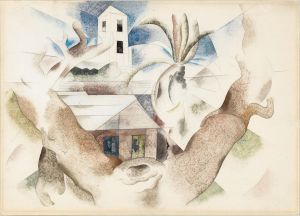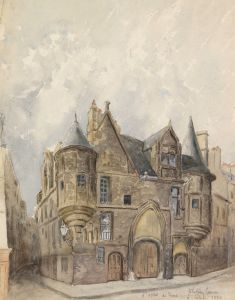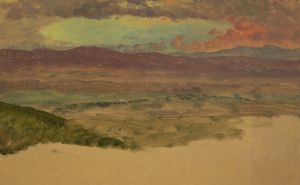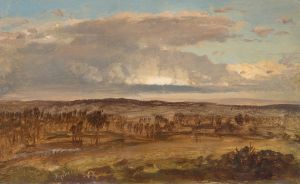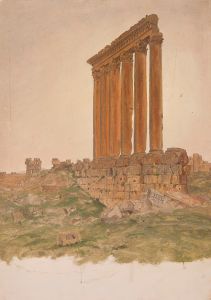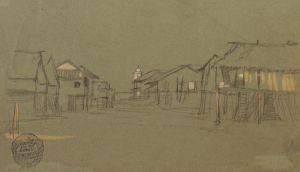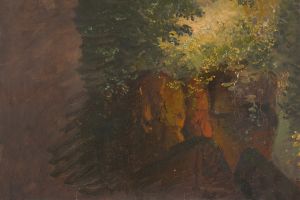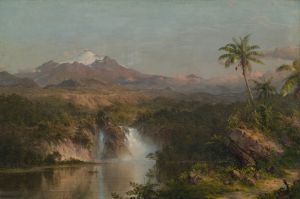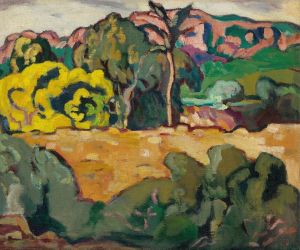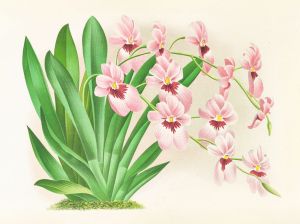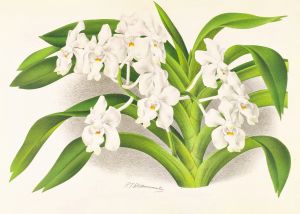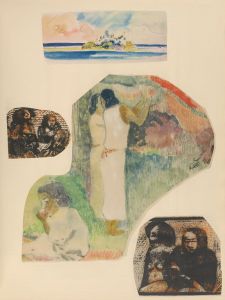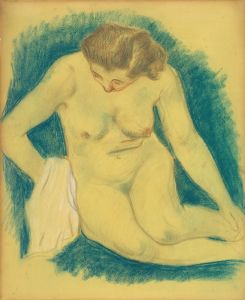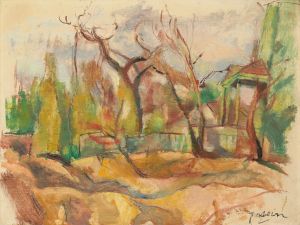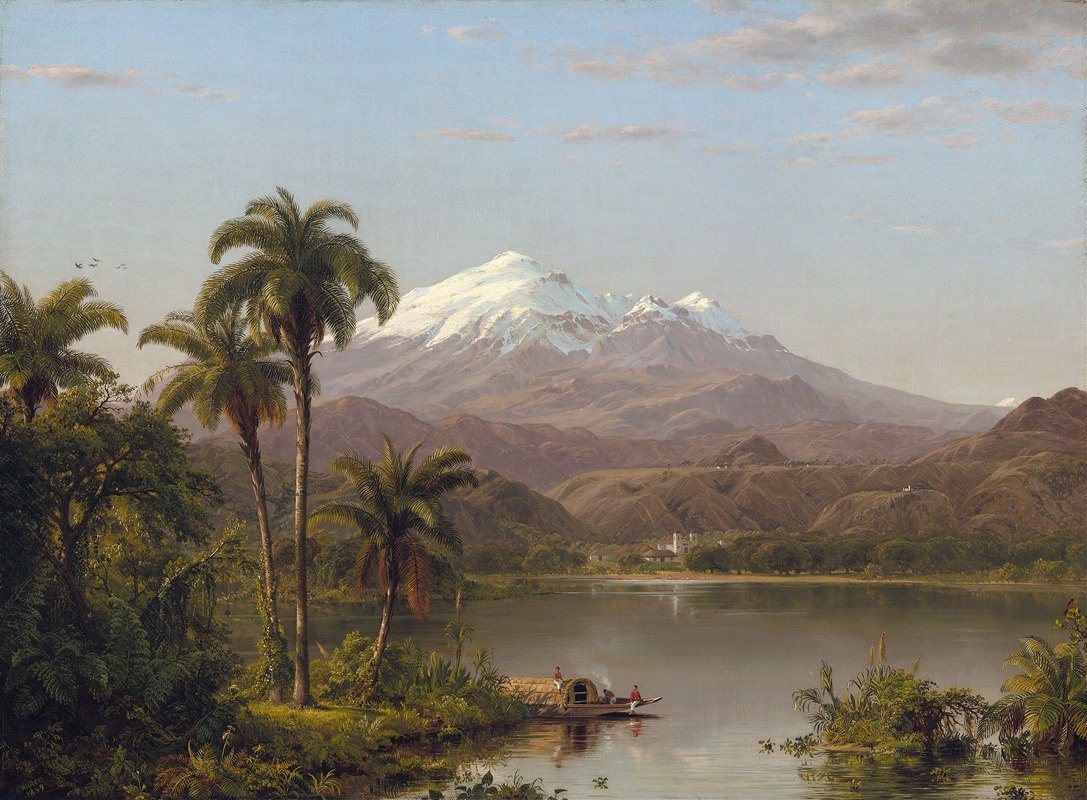
Tamaca Palms
A hand-painted replica of Frederic Edwin Church’s masterpiece Tamaca Palms, meticulously crafted by professional artists to capture the true essence of the original. Each piece is created with museum-quality canvas and rare mineral pigments, carefully painted by experienced artists with delicate brushstrokes and rich, layered colors to perfectly recreate the texture of the original artwork. Unlike machine-printed reproductions, this hand-painted version brings the painting to life, infused with the artist’s emotions and skill in every stroke. Whether for personal collection or home decoration, it instantly elevates the artistic atmosphere of any space.
"Tamaca Palms" is an oil painting created by the American landscape artist Frederic Edwin Church in 1854. Church was a central figure in the Hudson River School, a mid-19th century American art movement known for its detailed, romanticized portrayals of the American landscape. This painting, however, diverges from his typical North American subjects and instead captures the lush, tropical scenery of South America.
The inspiration for "Tamaca Palms" came from Church's travels to South America, particularly his journey to Colombia and Ecuador in 1853. During this expedition, Church was deeply influenced by the natural beauty and diversity of the tropical environment, which he meticulously documented through sketches and studies. These preliminary works later served as the foundation for his studio paintings, including "Tamaca Palms."
"Tamaca Palms" depicts a serene and verdant landscape dominated by towering palm trees, which are characteristic of the tropical regions Church visited. The painting showcases Church's exceptional attention to detail and his ability to render the intricate textures and vibrant colors of the tropical flora. The composition is balanced, with the palms creating a vertical rhythm that guides the viewer's eye through the scene. The use of light and shadow adds depth and dimension, enhancing the realism of the painting.
Church's work is often noted for its scientific accuracy, a result of his collaboration with the German naturalist and explorer Alexander von Humboldt. Humboldt's writings on the natural world, particularly his observations of South American landscapes, greatly influenced Church. "Tamaca Palms" reflects this influence, as it combines artistic beauty with a precise depiction of the natural environment.
The painting was well-received by contemporary audiences and critics, who praised Church's ability to capture the exotic and sublime qualities of the South American landscape. It contributed to his reputation as one of the leading landscape painters of his time. Today, "Tamaca Palms" is considered an important example of Church's work and a testament to his skill in portraying diverse and distant landscapes.
"Tamaca Palms" is part of the collection at the Smithsonian American Art Museum in Washington, D.C. The museum acquired the painting in 1980, and it has since been featured in various exhibitions that highlight Church's contributions to American art and his exploration of the natural world.
In summary, "Tamaca Palms" by Frederic Edwin Church is a significant work that exemplifies the artist's mastery of landscape painting and his fascination with the tropical environments of South America. Through its detailed and vibrant depiction of palm trees and lush vegetation, the painting continues to captivate viewers and stands as a testament to Church's artistic and scientific interests.





